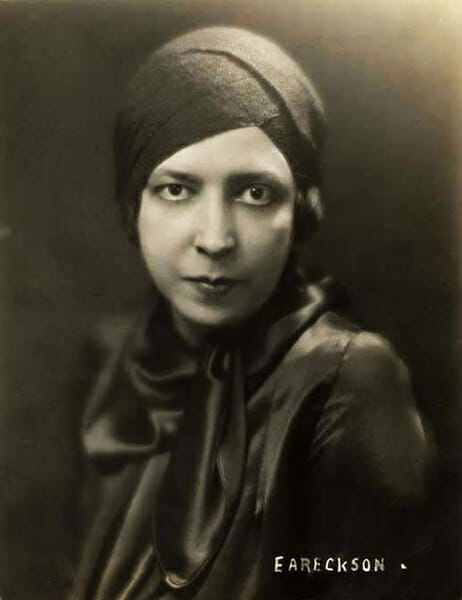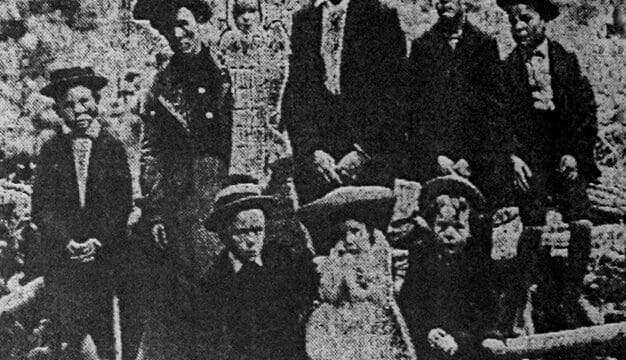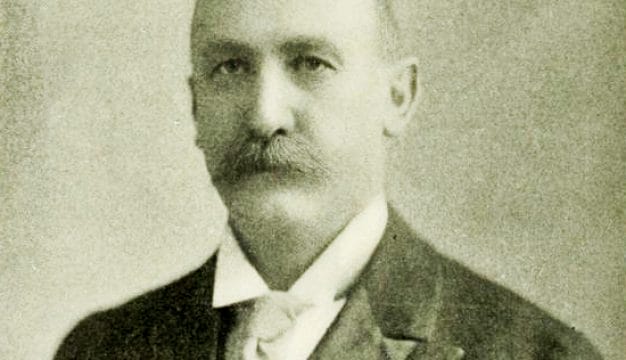Sara Haardt
During her brief life, Sara Haardt (1898-1935) produced a novel, a movie script, scores of newspaper reviews, articles, and essays, and more than 50 short stories. Although most of her work was produced for the popular press, it is nonetheless marked by a keen sense of the historical and social forces at work in the early twentieth-century South and by a poignant accuracy in evoking southern scenes and personalities.
 Sara Haardt
Sara Powell Haardt was born March 1, 1898, to Venetia Hall Haardt and John Anton Haardt of Montgomery, Montgomery County. The eldest of five children, she spent her childhood in a comfortable neighborhood near the state capitol. On her mother’s side, Haardt was descended from long-established Virginia families and on her father’s from Bavarian immigrants who came to Alabama in the cotton-boom days of the 1840s. This double heritage perhaps accounts for Haardt’s lifelong ambiguity about the South: determined to live and establish professional and personal independence outside of the South, Haardt explored it ceaselessly in her fiction.
Sara Haardt
Sara Powell Haardt was born March 1, 1898, to Venetia Hall Haardt and John Anton Haardt of Montgomery, Montgomery County. The eldest of five children, she spent her childhood in a comfortable neighborhood near the state capitol. On her mother’s side, Haardt was descended from long-established Virginia families and on her father’s from Bavarian immigrants who came to Alabama in the cotton-boom days of the 1840s. This double heritage perhaps accounts for Haardt’s lifelong ambiguity about the South: determined to live and establish professional and personal independence outside of the South, Haardt explored it ceaselessly in her fiction.
Haardt attended the Margaret Booth School, a Montgomery institution dedicated to a rigorous college preparatory curriculum for young women in Alabama. In 1920, she was a Phi Beta Kappa graduate of Goucher College in Baltimore, Maryland, and she was hired there in 1921 as an instructor in the English Department. Haardt became a professional writer while still in college, sending story after story to popular periodicals. She continued to refine her fiction, and by 1922 her witty sketches of southern characters were appearing in the Richmond Reviewer, a magazine founded by Emily Clark and now recognized as an important seedbed of literary modernism in America.
While teaching at Goucher, Haardt met noted writer H. L. Mencken. Nearly 18 years Haardt’s senior, Mencken nonetheless was attracted by her talent, determination, and Deep South charm. For more than a decade he was her literary mentor as well as her suitor. Because Mencken was a vocal critic of marriage, the two made headlines when they were married on August 27, 1930, at the Episcopal Church of St. Stephen the Martyr in Baltimore.
During the 1920s and 1930s, Haardt produced scores of stories, many containing perceptive analyses of the ways in which southern customs and society shaped and often misshaped the lives of women and adolescents. Her dramatizations of the socioeconomic forces at work in the industrial South earned some acclaim for her novel, The Making of a Lady (1931), and her skill in portraying the psychology of adolescent girls in her short story “Absolutely Perfect” won her a nomination for the O. Henry Prize in 1933.
Both Haardt’s promising literary career and her marriage came to tragically premature ends. Haardt had spent long segments of her adulthood battling tuberculosis, and in 1934, during a trip with Mencken to Europe and the Middle East, the disease returned. She died on May 31, 1935, and was buried, according to her wishes, in the Mencken plot in Baltimore.
Overshadowed by a more famous husband and needing to produce many works to earn a living, in addition to possible gender bias from literary critics, Sara Haardt has been denied a place of importance among southern writers. Nonetheless, her keen insights into the people of the South and her lyric descriptions of its places make her an important forerunner of writers such as Carson McCullers, Eudora Welty, and Josephine Humphreys.
Works by Sara Haardt
The Making of a Lady (1931)
“Absolutely Perfect” (1933)
Southern Album (1936)
“Little White Girl” (1935)
Southern Souvenirs: Short Stories and Essays by Sara Haardt (1999)
Additional Resources
Going, William T. “Zelda Sayre Fitzgerld and Sara Haardt Mencken.” In Essays on Alabama Literature, pp. 114-41. Tuscaloosa: University of Alabama Press, 1975.
Henley, Ann, ed. Southern Souvenirs: Short Stories and Essays by Sara Haardt. Tuscaloosa: University of Alabama Press, 1999.
———. “Sara Haardt and ‘the Sweet, Flowering South.'” Alabama Heritage 34 (Winter 1994): 1-21. Reprinted in Menckeniana: A Quarterly Review Spring 1995: 1-12.
———. “The Flower of the Sahara.” Menckeniana: A Quarterly Review. Spring 2006.
Hobson, Fred. Mencken: A Biography. New York: Random House, 1994.
Mayfield, Sara. The Constant Circle: H. L. Mencken and His Friends. New York: Delacorte P, 1968.
Mencken, H. L., ed. Southern Album. Garden City, N.Y.: Doubleday, Doran & Company, 1936.
Rodgers, Marion Elizabeth. Mencken and Sara: A Life in Letters. New York: McGraw-Hill, 1987.



